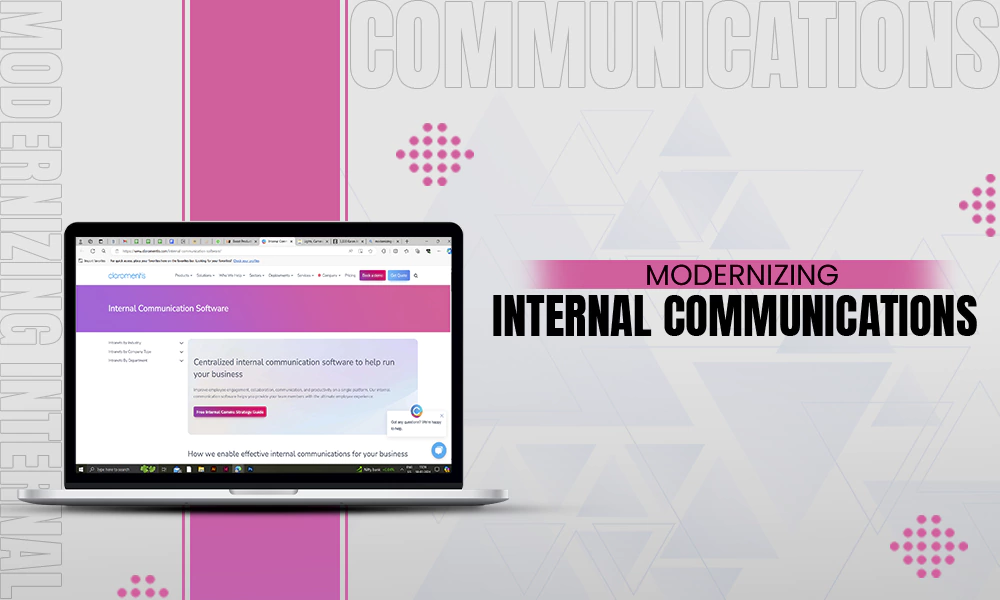7 Productive Ways You Can Do to Survive a Slow Business

An economic lull is expected in every business and can come at any point in your journey as a business owner. This sudden or gradual “slowing down” of a business often bears symptoms such as reduced revenue, decreased profits, diminishing sales, declining customer engagement, and slower market traffic. These signs will not appear all at once, but rather in a domino effect, building upon another until it creates this downward business trend. On a side note, if you are looking for legal advice for your business, I would highly recommend investing in the best registered agent services to assist you.
However, this spiraling shift can be caused by dozens of socioeconomic factors that have contributed to the crisis. From seasonality, holiday peaks, weather, world economy, consumer trends, social issues, and technical difficulties, the ups and downs of a company are unpredictable.
However, that doesn’t mean that you can’t do anything when you’re experiencing this lull. Just like facing any natural calamity, you have the chance to prepare backup plans to keep your company floating and productive.
Begin your journey back to the top with these tried and tested productive and innovative steps:
1. Invest in CRM Development
Customer satisfaction is crucial for a company’s success. By delivering the best services and high-quality products all the time, you have a greater chance of improving market authority and maintaining a loyal customer following. However, during a business’ slow phase, the excellent level of customer service that you aim to provide all the time may not be what it used to be anymore.
In these cases, you need to conduct a CRM or Customer Relations Management Analysis. Gathering the necessary data can be done in different ways. However, SEO experts from companies like Local SEO Search Inc. suggest that corporations should avoid using intrusive methods to contact survey customers. Instead, you can survey online traffic trends, customer interest shifts, and search results swings.
And, you can also look inward as well, by evaluating the performance of your customer relations team, via their channel sales metric, sales productivity metrics, sales outreach metrics, pipeline sales metric, primary conversion sales, and more. The key here is to invest the time, money, and effort to investigate which part of your customer service is lacking.
2. Reach Out and Generate Leads
Great organic traffic and regular customer engagement are not achieved overnight. Successful companies don’t just wait for customers to come in and visit. Instead of solely depending on the quality of their products and content, these businesses, when experiencing a lull, take the pre-emptive step and reach out to customers first. This prospecting process can be done through social media engagements and email outreach.
And, to determine what kind of approach you should take for these ads, you also need to know who your target audience is. So, before you make a standard template for your planned customer outreach programs, start by visualizing customer personas.
Here you’ll be able to picture how your potential buyers would interact and connect, which can aid you in making better-personalized messages. If you’re having a hard time doing this or having questions like “do websites cost money”, expert SEO companies like Local SEO Search Inc. can help you.
3. Refine, Remaster, and Perfect Processes
Declining customer engagement is often rooted in a company’s deteriorating or outdated products and services. The inability to adapt to new technology and trends in the main killer of a business.
Instead of being stubborn and sticking to slower and poor-quality yielding processes, why not keep up and innovate? Sure there’s a sense of authenticity and originality that customers will always value from companies that stick to their roots. However, when it’s not working or hitting the mark, then it’s probably best to change perspective and improve.
This journey begins by researching the current methods used. From there, you can pick out which one works for your company and start to revamp your entire system. Now, this doesn’t mean a total upheaval of your current system. You can do some tweaking, adjustments, and retraining.
At the end of the day, the goal here is to refine business operations and make them more efficient, so that customers can better appreciate the finesse in your products and services. Business operations will include a website and its fast performance. If you’re asking “Do websites cost money?”, it surely does.
However, you will not be forced to shell out more than your allocated budget but do take note that the smaller the allocated budget the lesser will be its potential. So, if you’re a company offering rat removal services in Toronto, don’t just stick with the old pest eradicating methods, rather innovate and keep up with the latest technology.
4. Create a Sales Plan
Despite their unpredictable nature, you can still plan for economic lulls and “slow” business phases. Instead of waiting for the calamity to strike, prepare and plan. Strategize for future company disasters by creating a sales plan that discusses your team’s possible obstacles and backup proposals. However, these sales plans have to be updated regularly so that it keeps in line with the current economic trends.
5. Reduce Burnouts
Burnouts are a common occurrence in the fast-paced, work-focused, and highly competitive 21st-century workplace. This toxic workplace culture often leads to poor company performance, forced efforts, and low-quality products. Before you get too carried away with doubling your production, take a step back and look at the bigger picture.
In a workplace that’s run by people, it’s important to find time for relaxation. Offer day-offs, break times, and rest days. Prioritize the employees’ physical and mental well-being because, at the end of the day, the company won’t run properly without them. You might feel uneasy doing this during the “slowing down” phases. However, that’s exactly what break times do; they offer perspective and fuel new ideas to improve your company’s growth.
6. Analyze Competitors
A lull in the business may not always mean a decline in your company’s services and product quality. Rather, you may have just been bested or beaten by your competitors. To be ahead once again, you need to perform a competitive analysis that studies the current strategies that makes them more successful.
Local SEO Search Inc. can help you do this as it can conduct a full market analysis. So, if you’re a company offering wasps and bees control in Orillia that’s fallen on hard times, rebuild once again, by studying your competitors and beating them in their own game.
7. Listen and Gather Feedback
Customer opinions are crucial for a company’s success. Listening to what your audience wants and giving it to them is the sure-fire way to get out of your rut. You can collect those reviews better by shifting towards digital marketing with a company website. You might ask “Do websites cost money?”
Well, the answer is yes. A high-quality one will require an expensive investment. However, in the long- run it will lead to higher yields as it serves as your company’s direct contact with a wider world market. Here, you’ll also be able to track the market better and communicate to potential buyers.
Ebbs and flows are expected for any endeavor. In business, these fluctuations are most disruptive during a “slowing down” phase. You can combat that by creating productive ways to bounce back, address the weakness, and encourage potential leads. Don’t just wait for your customers to come back and the market to shift once again. Stay on your toes and keep growing by staying proactive and dedicated.










